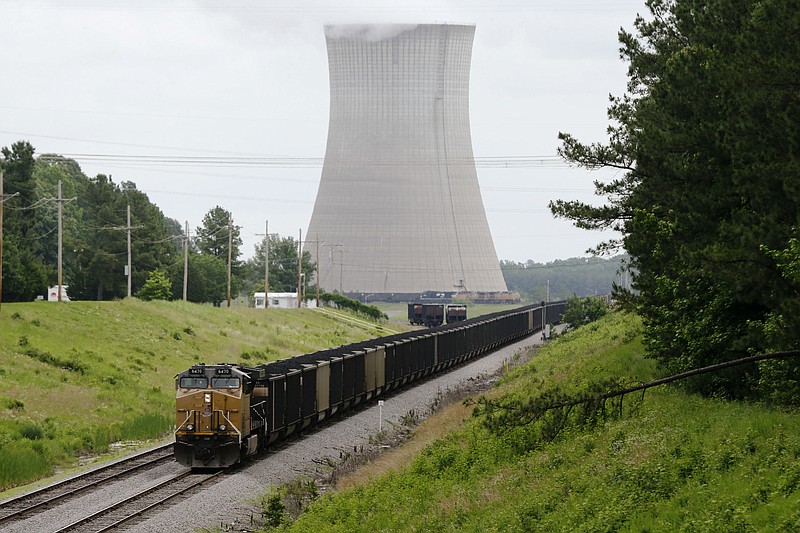Right now, Tennessee gets 42 percent of its electricity from coal-fired power plants. But what would happen if the state were suddenly forced to seek all of its electricity from other sources? Could Tennessee experience crippling shortages of power during peak use, with the cost of household power jumping significantly?
That's the baffling scenario looming ahead as President Obama looks to implement strict rules on carbon emissions. Coal-powered electrical generation is now on the chopping block, thanks to a hastily assembled plan by the Environmental Protection Agency to shutter hundreds of domestic, coal-fired power plants.
What's at stake is "grid reliability," whether supply exists to meet the current, massive U.S. demand for electricity. For much of the country, the EPA's mandate is troubling because, right now, roughly 40 percent of electricity in the United States comes from coal-fired generation.
Under new regulations from the EPA, many of these plants would be effectively forced out of operation. And to date, no one is saying how that power will be otherwise produced. Wind, solar, and natural gas have all been suggested, but none is capable of providing reliable and affordable electricity like coal can. Some states are able to rely on alternative sources, like wind and hydropower, but that simply isn't an option for much of the country.
The importance of coal in generating electricity was all too clearly demonstrated last winter when coal-fired plants worked overtime to heat homes and businesses during a deep freeze. In fact, American Electric Power, a major utility company, reported that 90 percent of its coal plants slated for retirement under pending EPA rules were running at full speed just to meet peak demand.
Despite record-setting production in the Marcellus Shale and elsewhere, natural gas simply can't compensate for a shortage of coal plants. This is due in part to a lack of infrastructure to deliver gas where it's needed. But more importantly, natural gas has already been prioritized for home use, not power generation.
A recent report from PJM Interconnection, the regional power transmission group for 13 states, including Pennsylvania and the District of Columbia, concluded that without coal plants there could be insufficient electricity to meet peak winter demand.
Under the EPA's so called "Clean Power Plan," consumers will undoubtedly pay higher electricity bills. But the more tragic problem is the possibility of widespread power outages during the coldest parts of winter.
These worrisome scenarios have so far been swept aside by the federal government. The shift away from coal is simply moving ahead with no regard for the consequences. And so, in light of the recent PJM report, the EPA's regulatory plan amounts to very reckless toying with the nation's power grid.
The truth is that there's simply no way around the use of coal to help ensure affordable and reliable power in the current market. That's why state utility commissions and regulators from 22 states have sent formal comments to the EPA expressing concerns that the Clean Power Plan will jeopardize reliable and affordable electricity. That's why the U.S. needs a diversified power portfolio that includes coal to meet the nation's electricity needs.
